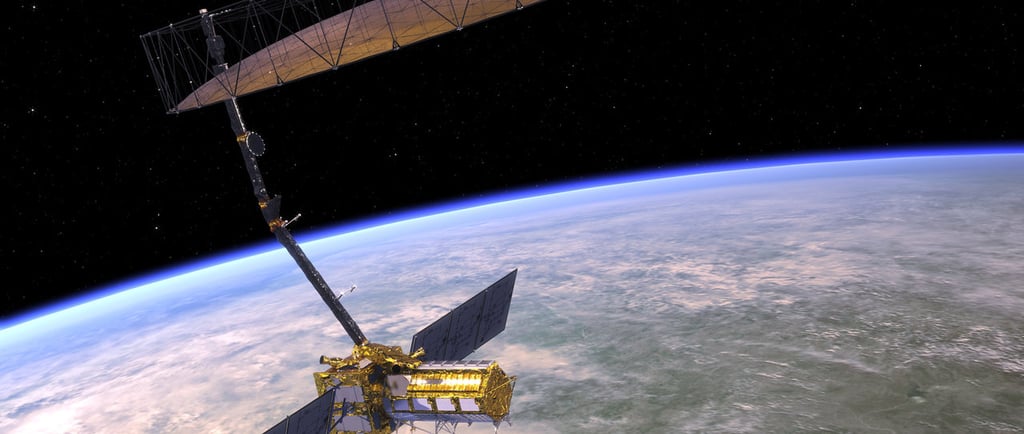NASA and ISRO Collaborate for the Groundbreaking NISAR Mission


Introduction to the NISAR Mission
In an exciting collaboration, NASA and the Indian Space Research Organisation (ISRO) have set their sights on June 2025 for the launch of the NASA-ISRO Synthetic Aperture Radar (NISAR) satellite mission. This pioneering endeavor aims to advance our understanding of Earth's terrestrial ecosystems by capturing detailed data on our planet's landscapes and ice formations.
Capabilities of the NISAR Satellite
The NISAR mission will be equipped with both L-band and S-band radar technology, enabling it to scan all land and ice surfaces of Earth twice every 12 days. This cutting-edge capability will facilitate comprehensive measurement and analysis of significant changes occurring across the planet’s surface. The data generated will provide invaluable insights into the growth and retreat of ice sheets, glaciers, and sea ice, as well as the deformation of the Earth's crust.
Launch Details and Future Implications
ISRO will facilitate the launch services using its Geosynchronous Launch Vehicle Mark II rocket, which will carry the NISAR spacecraft into low Earth orbit. The launch will take place from the Satish Dhawan Space Centre, strategically located along India’s southeastern coast. This mission is expected to play a crucial role in monitoring climate change and assessing natural disasters' impacts, thus benefiting global efforts to protect our environment.
Through advanced scientific research and collaboration, NISAR stands poised to contribute significantly to our understanding of Earth's changes. As the anticipated launch date approaches, anticipation builds around the data that this mission will unveil, highlighting the importance of international partnerships in space exploration and environmental science.
